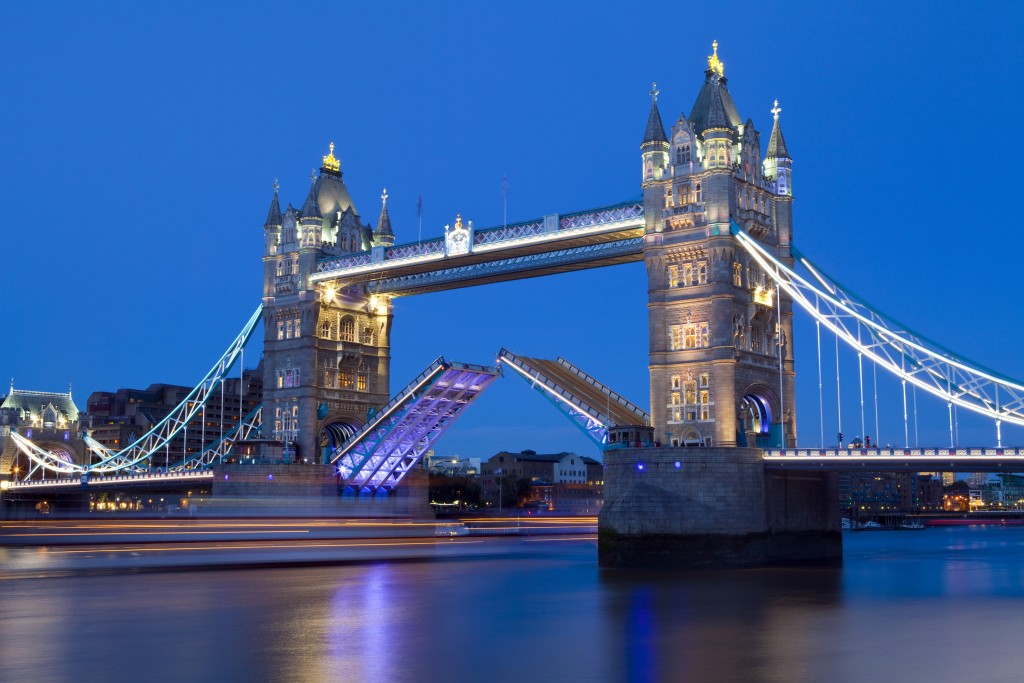
Subsequent to this, later eruptions occurred in the centre of this crater-lake, pushing up islands and cone-shaped hills, known as scoria cones. A shallow crater was left, later becoming a lake after it filled with rainwater. It was created by molten lava pushing its way up through the Earth's crust, before hitting a layer of water-bearing rock, which led to huge explosions. Tower Hill's formation is known as a "nested maar", the largest of its type in Victoria. The volcano is located about 275 kilometres (171 mi) west of Melbourne and 15 kilometres (9.3 mi) north-west of Warrnambool. The town of Koroit is on the north rim of Tower Hill, within easy reach of both Warrnambool and Port Fairy.

One source suggests that it arose in the 1840s owing to its resemblance to a castle, while another credits a sailor from Glasgow with "naming the site after Tower Hill in Scotland". The origin of the English name, Tower Hill, is not certain. The painting was used as a source of information of local native vegetation when an extensive revegetation project was undertaken in the Tower Hill Wildlife Reserve from 1961. The painting Tower Hill, 1855 is now in the Warrnambool Art Gallery. In 1855, the Hill was painted by the artist Eugene von Guerard, the foremost landscape artist in the colonies at the time. Matthew Flinders sailed east along the southern coast of Australia and, on 20 April 1802, referred in the ship's log to "Peaked Hill Position uncertain", which may refer to Tower Hill. The first confirmed sighting of Tower Hill by Europeans was in 1802, by French explorers sailing with Nicolas Baudin on Géographe. Significantly, that is a "minimum age constraint for human presence in Victoria", and also could be interpreted as evidence for the Gunditjmara oral histories which tell of volcanic eruptions being some of the oldest oral traditions in existence. Specifically, the Tower Hill eruption was dated at within 3,800 years either side of 36,800 years BP. However, in February 2020, a study was carried out by the University of Melbourne's School of Earth Sciences' David Phillips and three other researchers, using a more sophisticated form of radiometric dating known as argon-argon dating, showed that both the Budj Bim and Tower Hill volcanoes erupted at least 34,000 years ago.

In 1990, the most recent eruption was dated to c.25,000 BP. The Koroitgundidj people long inhabited this region of Australia, and their descendants retain special links with the area. The archaeological evidence aligns with local people's oral histories of volcanic eruptions, indicating the longevity and truth of those histories. A basalt tool dubbed the "Bushfield Axe", found buried under volcanic ash near Tower Hill in 1947, was particularly significant. Greenstone axe heads and other artefacts excavated from the tuff indicate that Aboriginal people were resident in the area when the volcano erupted. Aboriginal Australian kitchen middens at Tower Hill contain 5000-year-old Tasmanian devil bones.


 0 kommentar(er)
0 kommentar(er)
